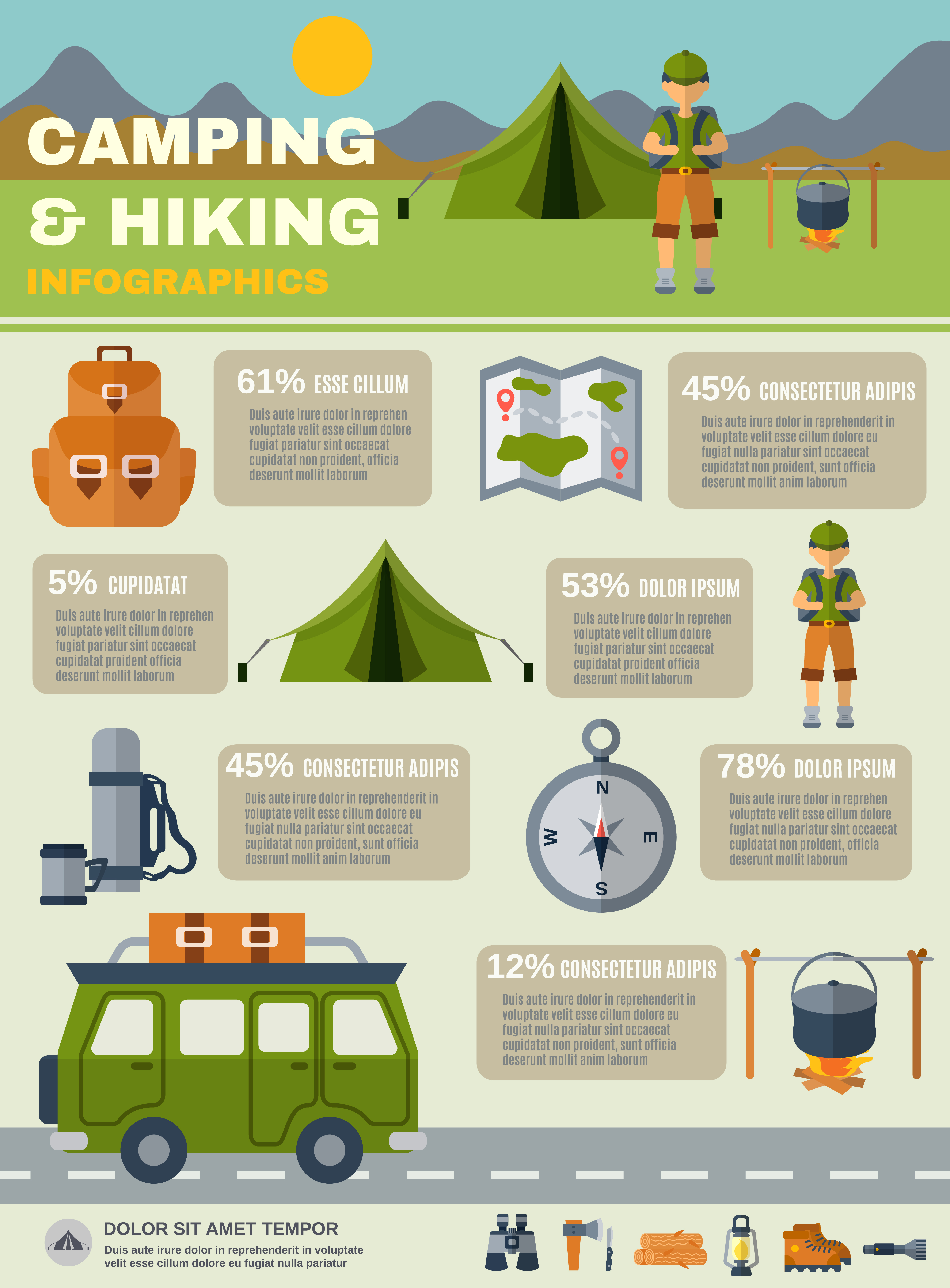While both offer strengths in various settings, it's important to determine which type of insulation will certainly ideal offer your requirements. The insulation you select impacts warmth, weight, water resistance, compressibility and cost.
Down is collected from waterfowl, normally ducks or geese. It is treasured for its agility, simple compression and protecting homes. Nevertheless, down becomes less reliable when damp.
Warmth-to-Weight
A high warmth-to-weight proportion is preferred in outside clothing and gear. The shielding buildings of down feathers make them a wonderful alternative for this function, as they are incredibly warm and lightweight.
Nonetheless, down sheds its protecting abilities when it splashes, indicating it needs to be paired with a water-proof shell. Additionally, some individuals dislike down, making artificial coats a much better option for them.
Synthetic insulations are commonly made from recycled polyester and made to simulate down's insulating residential or commercial properties. They are not as lightweight as down, yet they do not lose their protecting abilities when they splash and dry quicker than down. They are likewise more affordable than down. Nonetheless, their life-span is shorter than down, resulting in higher maintenance and substitute costs.
Water Resistance
The insulation you pick for your work jacket will certainly make a large difference in how comfortable you really feel outdoors. Nonetheless, the sort of insulation you select also has considerable implications for your sustainability objectives.
Down is an exceptional insulator for a number of factors. It's lightweight, compressible, and supplies a good warmth-to-weight ratio. Nevertheless, it does not prosper when it gets wet. Down clumps up and loses its loft when wet, which can substantially minimize its capacity to trap warmth.
Synthetic insulation materials, such as Thinsulate and Primaloft, stand up better against wet conditions. They normally have a limited weave or chemical layer that keeps water from permeating the material. This enables the insulation to stay breathable, even if damp. It deserves keeping in mind that synthetics can also be uneasy when damp, however they preserve their insulating homes.
Compressibility
While goose down does have a remarkable warmth-to-weight proportion, artificial insulation executes similarly. However, first aid kit unlike down which absorbs and loses its insulating capabilities when wet, synthetic insulation does not. Because of this, it can maintain its loft space and catch warm air in damp conditions.
Usually made from polyester sheets or clusters that simulate down, one of the most common artificial insulation brand names consist of PrimaLoft, FullRange, Thermoball and Patagonia's PlumaFill. While it still can not match down's loftiness and warmth-to-weight, artificial coats are light-weight, quick to completely dry and less costly than down. This makes synthetic jackets best for damp atmospheres, or if you're prone to sweating greatly. Artificial jackets are also much less fragile than down and can take a beating. This sturdiness includes their face fabrics which are typically thicker and a lot more sturdy than down.
Toughness
A significant consideration in sustainability is a material's durability and longevity. Natural materials like cork, ThermaCork increased cork and Havelock wool last longer than artificial alternatives like fiberglass and vinyl. They likewise call for much less maintenance and can endure extreme ecological problems.
Nonetheless, all-natural insulation does not perform as well when wet as synthetic alternatives. Wool and fleece clump together when damp, endangering their ability to trap warmth. Synthetic insulation, on the other hand, does not soak up dampness and remains to shield also when saturated.
This makes artificial insulation perfect for damp environments and difficult activities where you may sweat greatly. It's additionally less complicated to wash and dries faster than down. This added sturdiness and dependability make artificial insulation a total victor in this group. This converts to sturdy shielded job boots that last lengthy and maintain you warm up via requiring settings.
Sustainability
All-natural products supply biodegradability and a smaller sized ecological impact, while artificial choices boast resilience and ingenious applications that support energy efficiency. Nonetheless, it is necessary to recognize truth ecological effect of these insulation materials from cradle-to-grave.
For example, if a natural insulation product needs to take a trip a far away from its source to the building site, transportation-related exhausts raise its general carbon impact. Selecting locally sourced and recycled products decreases that impact. And, opting for GREENGUARD and Cradle to Cradle certifications ensures that insulation is devoid of unpredictable natural compounds (VOCs) and supports liable sourcing and labor problems.
Lamb's wool and cork are sustainable insulation sources that are collected without hurting the tree or plant. Both have the included advantage of being naturally immune to mold, insects and dampness.
